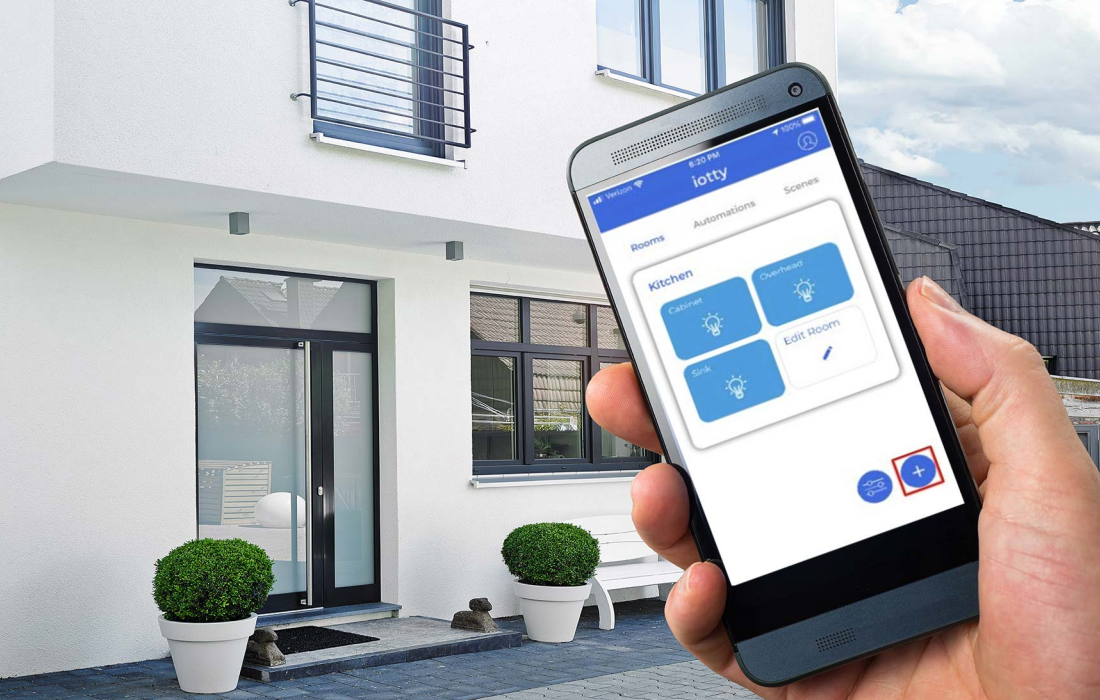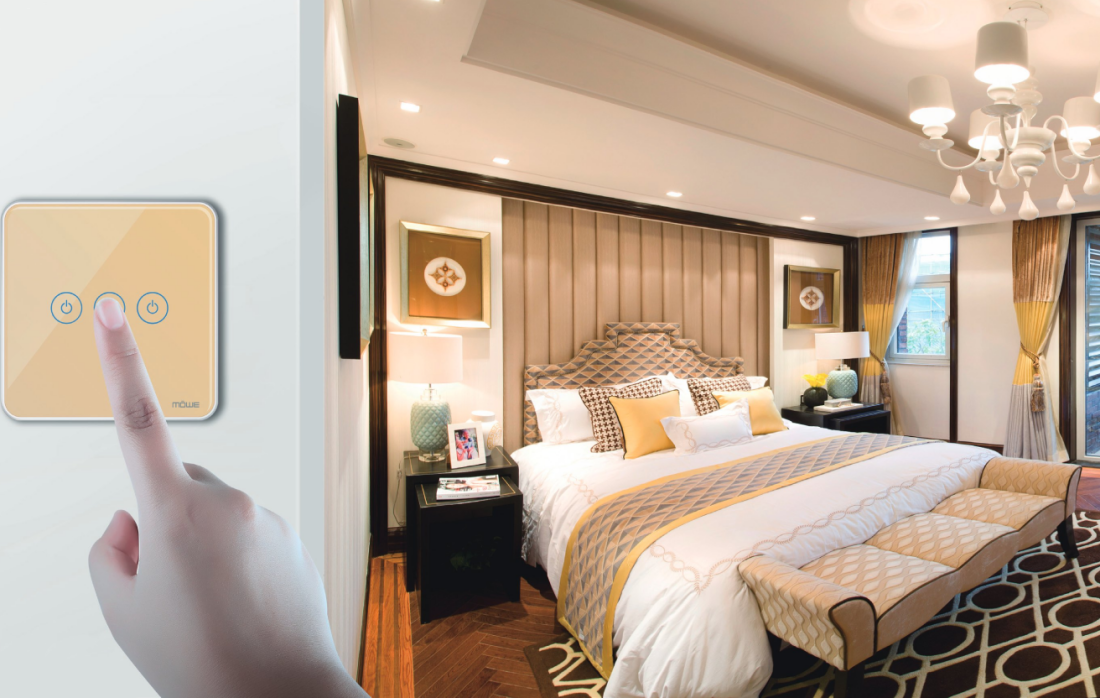Smart Switch Features & Functions
Smart Switches are a relatively new phenomenon, with many of the best-known brands have come onto the market within the last 5-10 years. Having replaced ordinary switch systems and automated lighting, Smart Switches are now sought after by customers looking for a more reliable, efficient, and cost-effective way of controlling their appliances.
Smart Switch Features & Functions
On a basic level, Smart switches work by detecting your presence when you’re in a room. Once you’re in that room, the lights will now automatically turn on. When you leave the room, they’ll go out. Smart switches are designed to make your life easier, saving you time and money in the process.
Smart Switches are a known product in some countries but not in others where they may simply be referred to as a Smart Lighting Switch or a Smart Home Switch.
They are used in many home automation systems and do much more than just turn on a light when you walk into the room. For example, they can be activated by your smartphone so that you can flip a switch at work to turn on the coffee machine, TV, or any other appliance that you want to work on as soon as you walk into your house. They may also be programmed to adapt to your schedules, such as turning off automatically when you leave the house and turning on again when you return.

How do Smart Switches work?
Smart Switches are electromagnetic, which means that they use magnetic fields to detect changes in voltage levels in the surrounding environment. They can be placed anywhere in your home – or outside of your home – so they can communicate with each other and your appliances. Smart Switches are battery-powered and are either line-powered or wireless. Line-powered switches use a standard 110AC electricity supply; wireless smart switches will use a radio frequency-based connection, like Bluetooth.
Smart Switches act as a remote control for your home appliances. They have an internal microprocessor, which is programmed to activate your appliances automatically when they receive a signal from the switch. Using radio-frequency technology, your switch will communicate with the appliances it controls to trigger them on or off.
Smart Switches are also responsible for turning on or off lights and other household devices when you walk into and leave a room, so they look like light switches.



